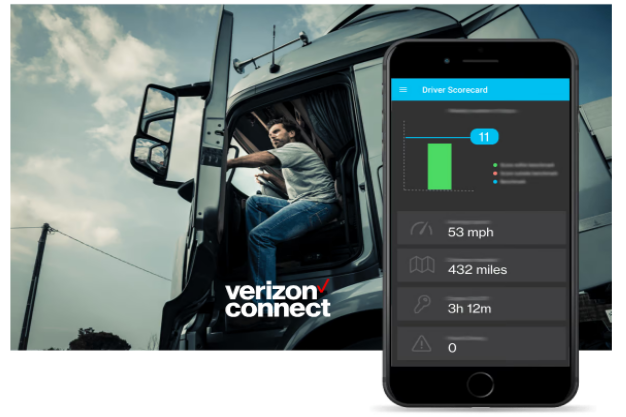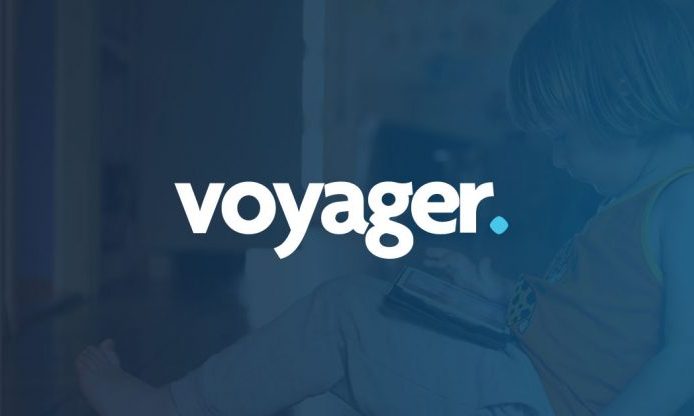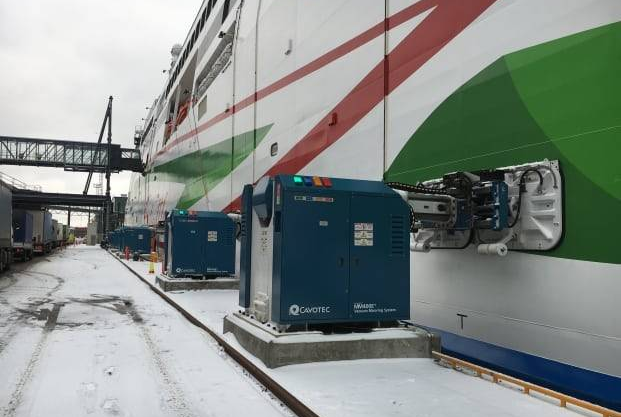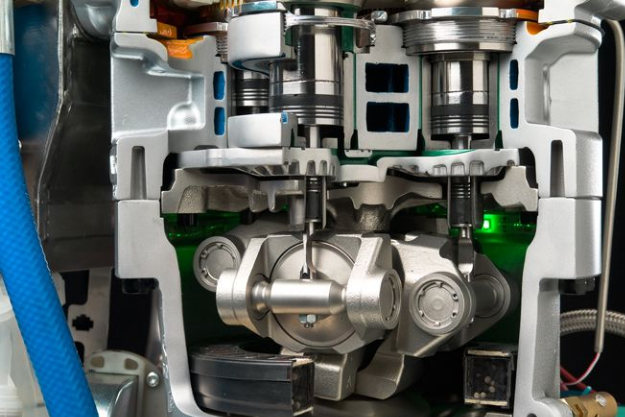What does a typical 90 Day Plan look like when you start a new Engineering Leadership Job?
I have a standard template that hopefully details the high level approach I take, whether as a consulting engagement, or as the first 3 months of a new leadership role.
It follows a fairly well tried and tested approach, broken down into 3 phases. For consulting the phase period is accelerated or lengthened depending on the size of the business/unit. For a new role, they are close to a month for each, but again pragmatism is applied.
Assumptions & Disclaimers
- This is high level and assumes a few things, since the discovery phases will provide insights that will hopefully guide initiatives. I have tried to show how the challenges provided are addressed
- Other assumptions are based on experience of areas most often needing focus (process over value add leading to unintentional friction, and missing artifacts usually down to siloed BUs)
- For a PMO, the goal is to be the snow plow not the snow
- In my experience there is no “Play-Book” that works off the shelf that you can just initiate – blood in the game is what gets results over what is a journey rather than a destination
- Many artifacts are shown as at the top level, but will also provide BU cascades that become the ownership of the BU
- BOLD? – refers to potential options – dependent on insights and may already be in place or appropriate
- It’s a mix of Agile and Lean principles (and a bit of design thinking)
- All blocks are more about the focus during each 30 day phase and represent a Revision 1. Most continue beyond
- Only key interrelationships between blocks are shown to maintain simplicity
- This is ambitious – good BU Leads in my experience can significantly contribute positively
- I would expect to present on each artifact weekly to ensure progress is aligned and replan where appropriate
- This is itself a Revision 1… it usually peaks at revision 3
A 3 Phase Transformation Roadmap
This phased approach is designed to build momentum for change and continuous improvement within an organization by methodically moving through three key phases: Analysis, Strategy, and Formulation. Each phase focuses on three critical pillars—People, Process, and Product—ensuring a well-rounded and sustainable transformation.
Phase 1: Analysis (Understanding the Now)
This phase is all about discovery and diagnosis. The goal is to build a foundational understanding of the current state of the organization from multiple angles:
- People & Culture: Establish relationships and map out who’s who. Identify spheres of influence and skill levels to build trust and engagement.
- Process & Culture: Dive into how things actually work. This includes mapping workflows, identifying bottlenecks, and assessing agility using tools like ADKAR and velocity checks.
- Product & Industry: Develop a strong grasp of the company’s offerings and market context. Understand customer needs, pain points, and how products currently meet them.
Outcome: A rich contextual awareness of the organization’s people, operations, and products, which sets the stage for focused improvement.
Phase 2: Strategy (Defining the Vision & Plan)
With insight in hand, this phase is about designing a practical strategy for improvement and innovation.
- People & Competency: Shift the mindset from simply working hard (100% utilization) to working smart (value delivery). Build innovation capability and stagger project starts for sustainability.
- Process Comms (BAU): Establish clear, agreed-upon formats and cadences for communication and reporting to ensure transparency and alignment.
- Programme Strategy: Define a Continuous Improvement (CI) roadmap aligned with business strategy. Consider using frameworks like Hoshin Kanri, Gantt charts, and OKRs.
Outcome: A scalable, actionable strategy for both ongoing operations and transformation, with alignment across teams.
Phase 3: Formulation (Building Tools for Action)
This phase brings it all together to equip the organization with the plans and tools needed for long-term execution and innovation.
- Organisational Backlog: Create a prioritized backlog of strategic initiatives that teams can pull from—aligned to business goals and optimized for efficiency.
- Transformation Plan: Finalize a detailed plan that includes communication tactics, change management tools (like Lean Coffee or Canvas models), and a strong focus on identifying and eliminating waste.
- Programme Guide (BAU): Deliver a framework or “innovation toolbox” to guide future efforts. Leverage proven methodologies such as DORA, Agile/Scrum, or CI frameworks to institutionalize innovation and improvement.
Outcome: A clear transformation plan and supporting tools that enable self-sustaining improvement and innovation long after the initial 90 days.
Final Thoughts:
This approach is not just a project—it’s a mindset shift. It blends structured analysis with adaptive strategy and hands-on delivery planning. The aim is to build trust, drive efficiency, and embed a culture of continuous improvement that lasts well beyond the third phase.










